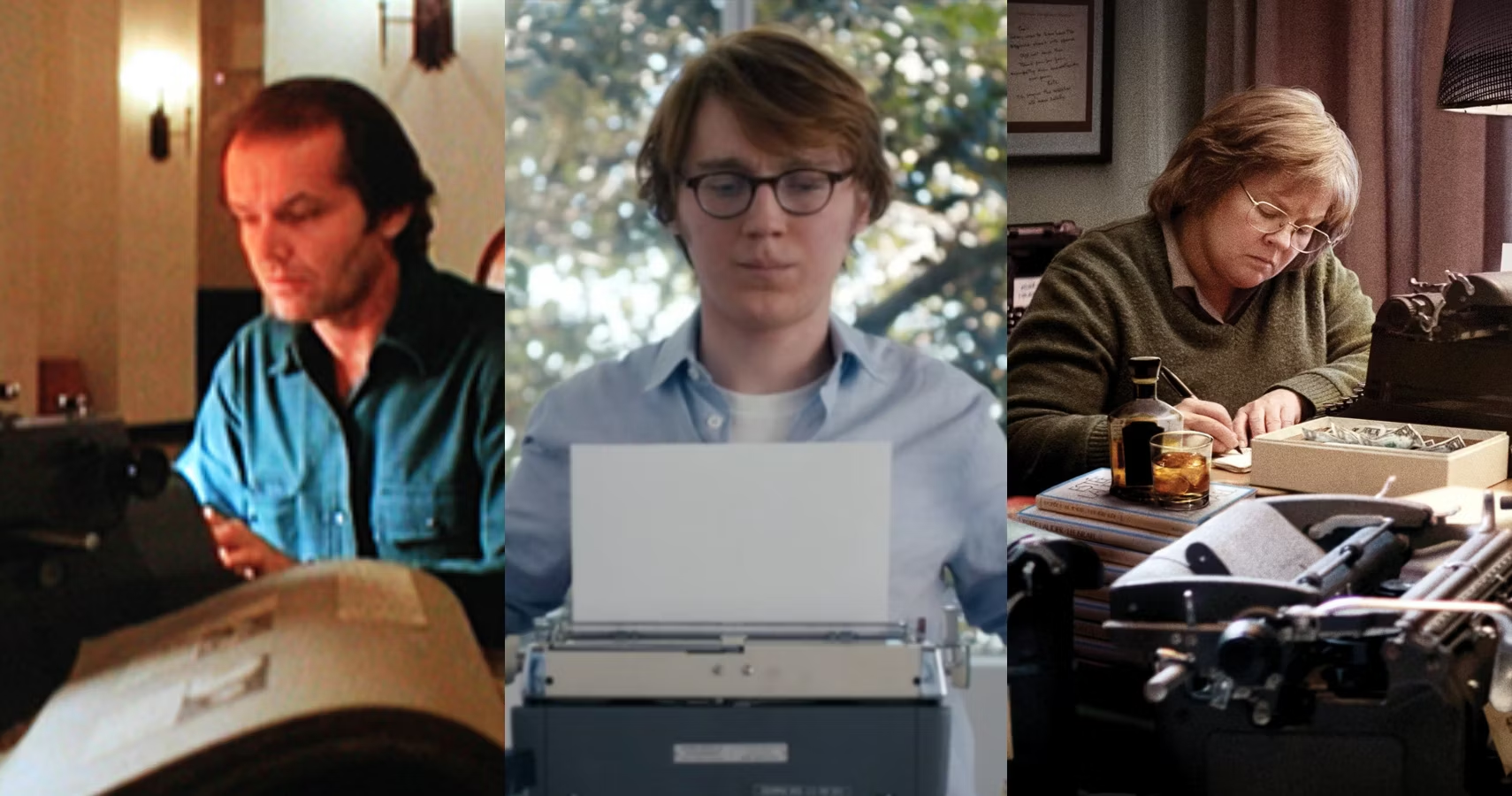As a filmmaker, your journey from concept to production often starts with one key document: the film treatment. A compelling treatment can grab the attention of investors, producers, and potential collaborators, and serve as a blueprint for your project. But what exactly is a film treatment, and how do you write one that gets noticed? In this guide, we’ll walk through the essential elements of a film treatment and how to craft one that stands out from the crowd.
What is a Film Treatment?
A film treatment is a concise, narrative-driven document that outlines your film’s plot, characters, and tone. It’s longer than a logline but shorter than a screenplay, usually ranging from one to five pages. A well-written treatment can help you pitch your project to studios, investors, and collaborators by giving them a clear sense of the story you want to tell, without requiring them to read a full script.
The purpose of a treatment is to sell the emotional arc and narrative structure of your story in a way that’s engaging and accessible. It needs to be succinct but powerful, providing enough detail to convey the vision without overwhelming the reader with minutiae.
Key Elements of a Film Treatment
A successful film treatment includes several key components, each designed to build a clear picture of your story. Here are the main elements you should include:
1. Title
Your film’s title is the first thing anyone will see. It should be intriguing, reflective of the tone or theme, and memorable.
2. Logline
The logline is a one-sentence summary of your film. It should distill the core conflict and hook in a way that piques interest. It’s often the most challenging part of writing a treatment, as it forces you to reduce your story to its essence.
For example:
- In a small town reeling from tragedy, a father and his estranged daughter must confront their grief and a buried family secret before they can heal.
3. Plot Summary
This is the heart of your treatment. In one to three paragraphs, lay out the key plot points and the journey of your main characters. Think of it as an extended elevator pitch. Your goal is to give the reader a sense of the overall arc, from beginning to climax to resolution.
The plot summary should:
- Introduce your main characters: Who are they? What do they want?
- Outline the conflict: What’s standing in their way? What’s at stake?
- Describe the resolution: How does the story conclude?
4. Tone and Style
This section should convey the tone of your film. Is it a gritty drama, a whimsical comedy, or a tense thriller? Be specific in describing the visual style, pacing, and mood. If your story takes inspiration from certain films or directors, you can mention that here to help set expectations.
For instance:
- “After the Rain” will explore the raw emotional landscape of grief in a naturalistic style, evoking the intimacy of films like Manchester by the Sea and The Florida Project. The cinematography will use muted colors and rainy backdrops to mirror the internal storms the characters face.
5. Character Descriptions
Strong characters are at the core of any great story. Use this section to provide brief but vivid descriptions of your protagonists and key supporting characters. Focus on their motivations, personalities, and relationships with one another.
For example:
- John: A stoic man in his early 40s, John struggles with vulnerability, hiding his grief behind a mask of strength. As a single father, he is desperate to reconnect with his daughter, but unsure how to navigate the emotional chasm between them.
- Emma: A 16-year-old girl, rebellious and full of anger, Emma blames her father for their family’s problems. Beneath her tough exterior, she is a young woman struggling to understand her mother’s death and her place in the world.
Writing an Effective Plot Summary
A strong plot summary is concise, emotionally resonant, and clear in its structure. Here’s an example of a film treatment for a short drama:
Title: “After the Rain”
Logline:
A father and his teenage daughter, estranged after the death of his wife, must navigate their grief and mend their fractured relationship when a long-kept secret comes to light.
Plot Summary:
In a small, rainy town, John and his daughter Emma are drifting apart following the death of John’s wife, Claire. John, a stoic man, is overwhelmed by his duties as a single father, while Emma lashes out in anger, withdrawing further into herself.
Their relationship hits a breaking point when Emma discovers a letter from Claire, written shortly before her death, revealing a secret that changes everything Emma believed about her family. Confronted with the truth, John and Emma are forced to face the painful emotions they’ve been avoiding. Together, they embark on a journey toward understanding and healing, learning that love and forgiveness can come from even the darkest places.
Example of Character Descriptions
Strong character descriptions add depth to your film treatment, allowing the reader to connect with the individuals at the center of your story. Here’s how you could introduce the characters for “After the Rain”:
John: John is a man in his early 40s, working-class and reserved. Since the death of his wife, he’s been trying to hold everything together for his daughter Emma, but his inability to open up emotionally only drives her away. John’s journey in the film is about learning to show vulnerability and reconnect with Emma before it’s too late.
Emma: Emma is a 16-year-old girl, reeling from her mother’s death. She feels abandoned by her father and angry at the world, acting out in school and at home. Emma’s arc is about learning to channel her grief and pain in a healthier way, and realizing that her father is also suffering, even if he doesn’t show it.
Make Your Film Treatment Stand Out
Now that you understand the structure of a film treatment, here are some tips to ensure yours gets noticed:
- Keep it concise: Avoid getting bogged down in unnecessary details. Focus on the emotional arc and key plot points.
- Use evocative language: Your treatment should be as engaging as the film itself. Use descriptive language to paint a vivid picture for the reader.
- Highlight themes: Make sure the underlying themes of your story such as love, loss, or redemption are clear. This helps give your narrative depth and resonance.
- Be clear about the genre and tone: Set expectations early by describing the mood and style of your film. This will help potential collaborators understand your vision.
- Include a hook: Every great film has a hook something unique that makes it stand out. Whether it’s an intriguing plot twist, an unusual setting, or a compelling theme, make sure your treatment highlights what makes your story special.
How Long Should Treatments Be?
Film treatments typically range from 1 to 10 pages, depending on the length and complexity of the project:
- Short Films: Treatments for short films are generally 1 to 5 pages. They should be concise but include enough detail to explain the plot, characters, and tone effectively.
- Feature Films: Treatments for feature films can be 5 to 10 pages. This allows more space to describe the narrative in depth, including character arcs, themes, and key plot points.
- TV Shows or Series: Treatments for episodic content, like TV shows, might be longer 5 to 15 pages because they need to cover the overarching plot for the entire season and key details about each episode.
Conclusion
A well-crafted film treatment is a powerful tool for selling your film idea and gaining the support of investors, producers, and collaborators. By focusing on the key elements title, logline, plot summary, tone, and characters and following these tips, you can create a treatment that grabs attention and leaves a lasting impression. Whether you’re working on a short film or a feature, mastering the art of the film treatment is a crucial step in turning your vision into reality.











